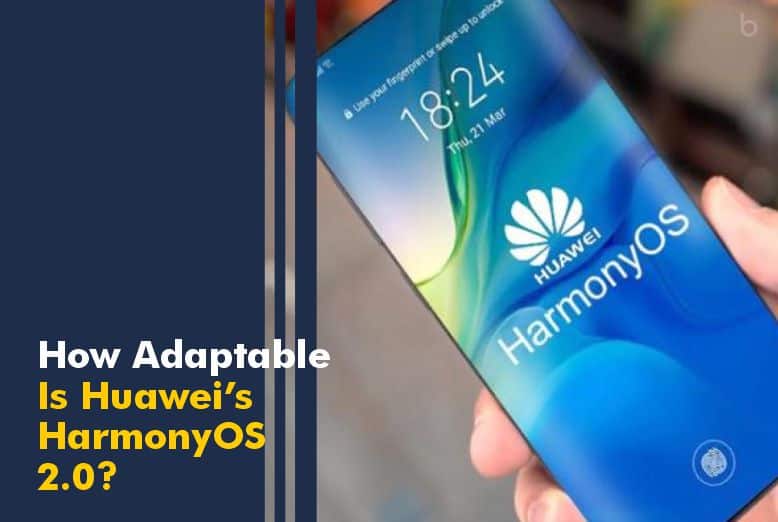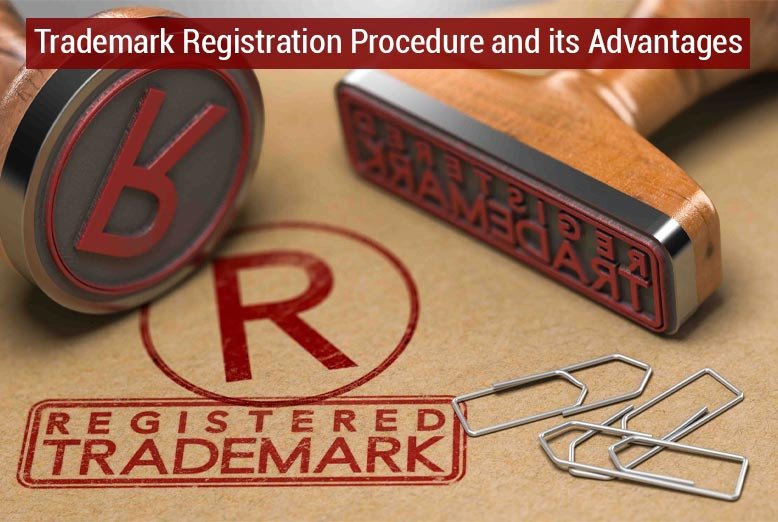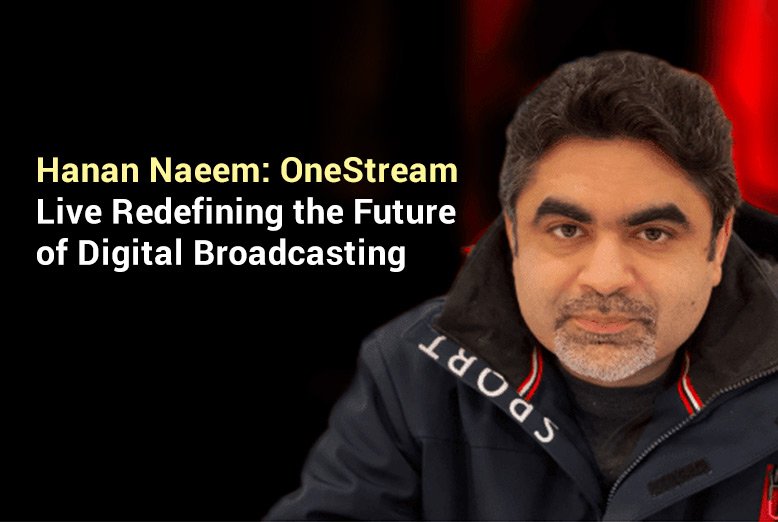Key Highlights:
- Huawei officially launched the second batch of itself-developed operating system HarmonyOS
- The launch of HarmonyOS 2.0 implies that the company will no longer be reliant on android operating systems
- However, the company still face challenges ahead of its promotion due to sharp decline in hardware business
Expansion to IoT market
Major tech companies are competing with each other to provide users with the best outcomes of technological advancements. In an attempt to withdraw reliance from pre-existing operating systems offered by tech companies, Huawei Technologies Ltd. has launched its own operating system for smartphones and is planning to expand its reach in the Internet of Things (IoT) market. The launch of Huawei’s self-developed operating system indicates that the telecommunications company will no longer be reliant on android operating systems.
HarmonyOS
On 2 June 2021, Chinese telecommunications giant Huawei Technology Ltd. officially launched the second version of itself-developed operating system, HarmonyOS. The announcement of its launch was its latest bid to shrug off the US’ crackdown. The move also paved the way for the Chinese firm to challenge Google and Apple’s dominance in current and future OS ecosystems.
According to Huawei, about 100 smartphones owned and operated by the company will be installed with the HarmonyOS. The system would also be made available on some tablets and smart screens around the fourth quarter of 2021. Acknowledging the potential, CEO of Huawei’s consumer unit Richard Yu quoted, “The user experience of HarmonyOS has surpassed the experience of the Android era. We solved issues such as the slowing down and lagging of devices over time in the Android era… Our HarmonyOS has stronger functionality and endurance, and it will be the greatest operating system in this internet of things era.”
Salient Features of HarmonyOS 2.0
The major distinguishing feature of the HarmonyOS 2.0 is its capability and design to work on a wider range of IoT devices as well as smart phones. It has been touted as a highly-scalable distributed platform which can be deployed across multiple devices such as smartphones and computers. President of Huawei’s consumer software business Wang Chenglu stated that irrespective of the size of the device, only one system can start to cover smart terminal devices with a memory as small as 128K and as large as 4GB or more. This will help consumers access an ultimate full-scene interactive experience.
The company has also announced partnerships with Chinese home appliances maker Midea, drone maker SZ DJI and Swiss watchmakers Tissot and Swatch to use HarmonyOS 2.0. It had initially projected that up to 300 million devices would run on HarmonyOS 2.0 in 2021.
Significant Issues for Huawei
According to analysts, Huawei still faces major challenges ahead of promoting adaptation of its HarmonyOS across the world as its hardware business is undergoing sharp decline due to the US ban, despite marking a significant move and the company’s ambitions towards softwares. The presence of a robust app ecosystem will be decisive in determining the success of the Huawei HarmonyOS 2.0.
As per Huawei, over 300 application and service partners, 1000 hardware partners and 500,000 developers have jointly collaborated in the development and construction of the ecosystem of HarmonyOS. Liang Zhenpeng, an industry analyst quoted, “Does the HarmonyOS have enough apps that can attract consumers to update to the OS? That’s another question.”
The absence of Google services in China has also been seen as a challenge for the growth prospects of HarmonyOS 2.0. Lack of access to Google services like Gmail and YouTube could make HarmonyOS 2.0 unattractive for international users.













